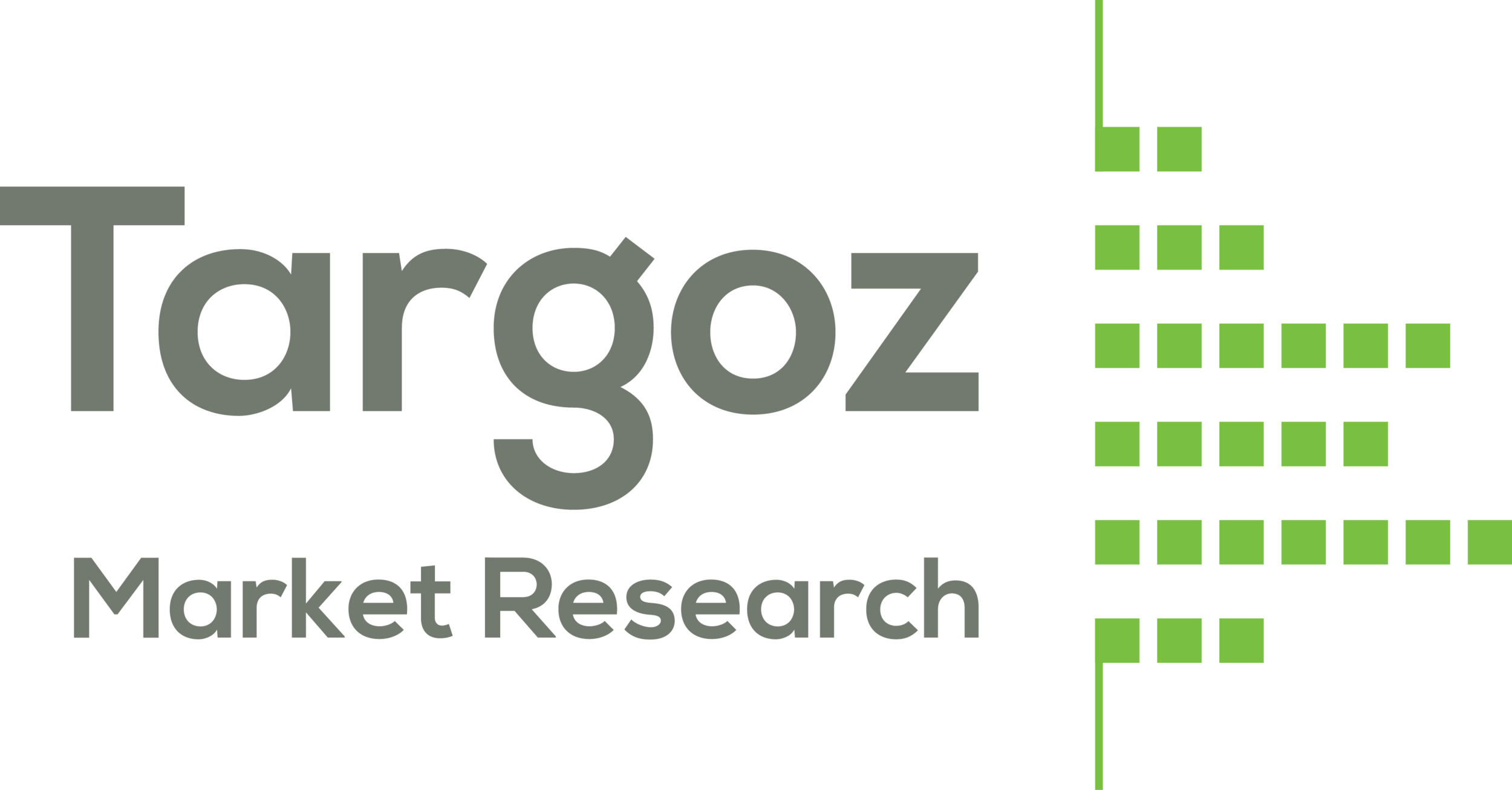Understanding Small Business Confidence, Consumer Confidence and the Impact of the 2012 Elections on the Economy
Plus Some Tips on Selling To Small Businesses
In a previous post, I talked about the weakness in consumer confidence and its value as a gauge of the economy. In short, weakness in consumer confidence is more a function of the political climate and lack of faith in political leadership rather than a barometer on the current state of the economy.
The same can be said for small business confidence.
Yesterday, the National Federation of Independent Business (NFIB) released their latest issue of the NFIB Small Business Economic Trends including their Index of Small Business Optimism.
The index of small-business optimism rose 1.3 points, nudging the index up to 90.2. This was below the year-to-date average of 91.1 and only slightly better than the average since January 2009. It should be noted that the report is not a random sampling of business owners. The report is based on the responses of 2,077 randomly sampled small businesses in NFIB's membership. So, the results reflect the views of their membership of business owners which is dominated by smaller brick and mortar businesses. Despite that huge caveat, it is widely used in the business press as an indicator of the health of small business in the US.
NFIB’s index typically mirrors consumer confidence. As you can see below, there is a strong positive relationship between NFIB’s Small Business Optimism and the University of Michigan’s Consumer Sentiment Index. I also included the PMI or Purchasing Managers Index from the Institute for Supply Management to illustrate an indicator that does not have as strong a relationship to small business optimism.

Here’s a tip for marketers to small businesses.
Small business owners are people too. Their impressions of the economy strongly resemble the views of the overall public as illustrated in the above chart. You’re not selling to a business, you are selling to an individual whose income is directly tied to their business and not an employer (i.e. they “eat what they kill.”) Their view of the economy and their future prospects are more closely allied to the views of the overall public and will dictate how they will spend, invest, and grow their business.
As you can see in the above chart, the sentiment of purchasing managers does not have as strong a relationship to the small business index, and the factors purchasing managers use to make purchasing decisions and to assess the state of the economy are very different from those of your typical small business. Right now, corporate earnings continue to grow and corporate purchasing has been rather resilient. Conversely, personal income among consumers and the revenue of small business owners continues to be challenging and a drag to the economy.
Remember, selling to small business owners is a lot like selling to consumers, both respond to messages that will save them time and money. And for small business owners, you can also add in the message of more revenue.
The overall confidence of small business owners and the prospects of selling to them will improve when the overall sentiment of the economy improves, and this is directly tied to both groups’ faith in the political leaders who shape economic policy. If people believe that political leaders are incompetent, this will lead to a lack of confidence in the economy.
And based on the current numbers from the Pew Research Center for the People & the Press, the public’s confidence in congressional leaders and the President remains rather low. With the coming budget battles over the next few weeks, I doubt that we will see much improvement in either of these indexes.
When the public’s confidence in their political leadership improves, you will begin to see some improvement in consumer sentiment, small business sentiment and small business employment.
As we get closer to next year’s elections and the prospect of changing the political landscape in Washington becomes more of a reality, we should start to see some improvement in consumers and business owners’ confidence in the economy and their political leadership. With that improvement, we should see a stronger uptick in the economy and stronger growth in the second half of 2012.
Until then… expect a bumpy ride.
